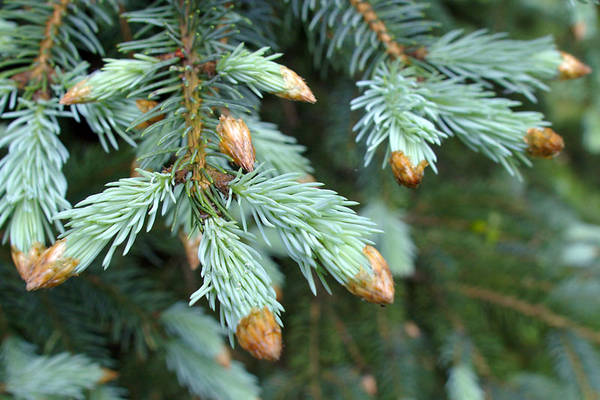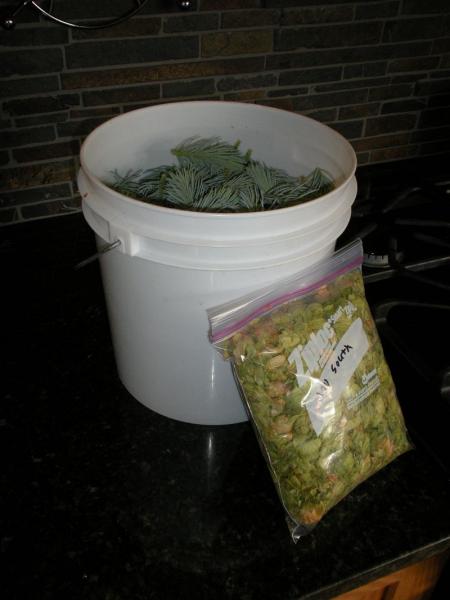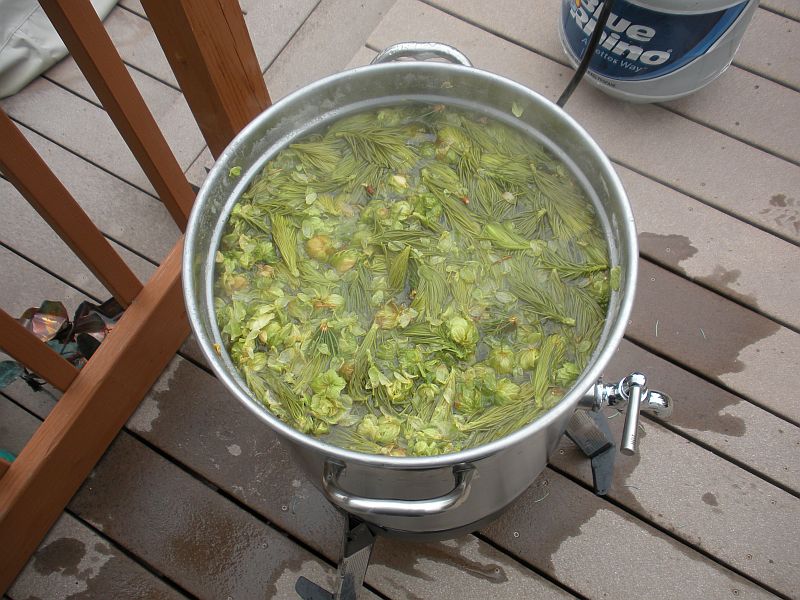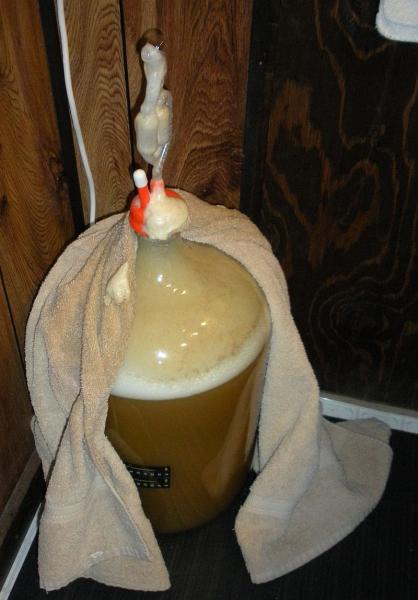14thstreet
Well-Known Member
Several weeks ago I made up a spruce beer with rye. Recipe is a bit of kitchen-sink to use up some crystal and wheat malt, it is located here.
After a week of carbing, it's got at least another week until it's ready. If I'm getting anything at all it is very slight in the finish, but that also might be the rye or hops. Tips were very aromatic going into and coming out of the wort.
wyzazz, how did you prepare your tips for secondary?
After a week of carbing, it's got at least another week until it's ready. If I'm getting anything at all it is very slight in the finish, but that also might be the rye or hops. Tips were very aromatic going into and coming out of the wort.
wyzazz, how did you prepare your tips for secondary?

















![Craft A Brew - Safale S-04 Dry Yeast - Fermentis - English Ale Dry Yeast - For English and American Ales and Hard Apple Ciders - Ingredients for Home Brewing - Beer Making Supplies - [1 Pack]](https://m.media-amazon.com/images/I/41fVGNh6JfL._SL500_.jpg)

















































